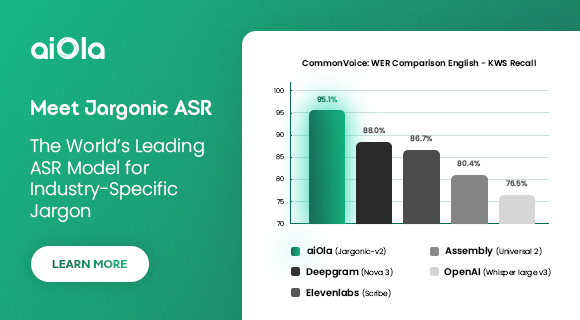National Park Service, Interior.
In accordance with the Native American Graves Protection and Repatriation Act (NAGPRA), Stanford University intends to repatriate certain cultural items that meet the definition of objects of cultural patrimony and that have a cultural affiliation with the Indian Tribes or Native Hawaiian organizations in this notice.
Repatriation of the cultural items in this notice may occur on or after July 3, 2025.
Laura Jones, Repatriation Officer, Stanford University, 477 Oak Road, Stanford, CA 94305, telephone (650) 723-9664, email [email protected].
This notice is published as part of the National Park Service's administrative responsibilities under NAGPRA. The determinations in this notice are the sole responsibility of Stanford University and additional information on the determinations in this notice, including the results of consultation, can be found in the summary or related records. The National Park Service is ( printed page 23555) not responsible for the determinations in this notice.
Abstract of Information Available
A total of eight cultural items have been requested for repatriation. The eight objects of cultural patrimony are baskets. All were listed as having been from Southern California with no affiliation other than “Mission”.
Basket 1996.244 was acquired by Evelyn and Franklyn Clerk at an unknown date after 1930 and transferred by gift to the Cantor Center for the Visual Arts at Stanford University in 1996.
Basket 1999.60 was acquired by John Steward at an unknown date and transferred by gift to the Cantor Center for the Visual Arts in 1999.
Basket 1999.61 was acquired by John Steward at an unknown date and transferred by gift to the Cantor Center for the Visual Arts in 1999.
Basket 1999.62 was acquired by John Steward at an unknown date and transferred by gift to the Cantor Center for the Visual Arts in 1999.
Basket JLS.8585 was acquired by the Hazzard family sometime in the late 1880s. Based on archival research of the family, it is likely the basket came from San Diego. It was transferred by gift to the Stanford Museum (now the Cantor Center for the Visual Arts) between 1891 and 1906.
Baskets T.No.NA So. Ca Mission 1, 2, and 5 have no information about their journey to Stanford University.
Determinations
Stanford University has determined that:
- The eight objects of cultural patrimony described in this notice have ongoing historical, traditional, or cultural importance central to the Jamul Indian Village of California, according to the Native American traditional knowledge of the Jamul Indian Village of California.
- There is a reasonable connection between the cultural items described in this notice and the Jamul Indian Village of California.
Requests for Repatriation
Additional, written requests for repatriation of the cultural items in this notice must be sent to the authorized representative identified in this notice under ADDRESSES . Requests for repatriation may be submitted by any lineal descendant, Indian Tribe, or Native Hawaiian organization not identified in this notice who shows, by a preponderance of the evidence, that the requestor is a lineal descendant or a culturally affiliated Indian Tribe or Native Hawaiian organization.
Repatriation of the cultural items in this notice to a requestor may occur on or after July 3, 2025. If competing requests for repatriation are received Stanford University must determine the most appropriate requestor prior to repatriation. Requests for joint repatriation of the cultural items are considered a single request and not competing requests. Stanford University is responsible for sending a copy of this notice to the Indian Tribes and Native Hawaiian organizations identified in this notice and to any other consulting parties.
Authority: Native American Graves Protection and Repatriation Act, 25 U.S.C. 3004 and the implementing regulations, 43 CFR 10.9.
Dated: May 13, 2025.
Melanie O'Brien,
Manager, National NAGPRA Program.






 English (US) ·
English (US) ·